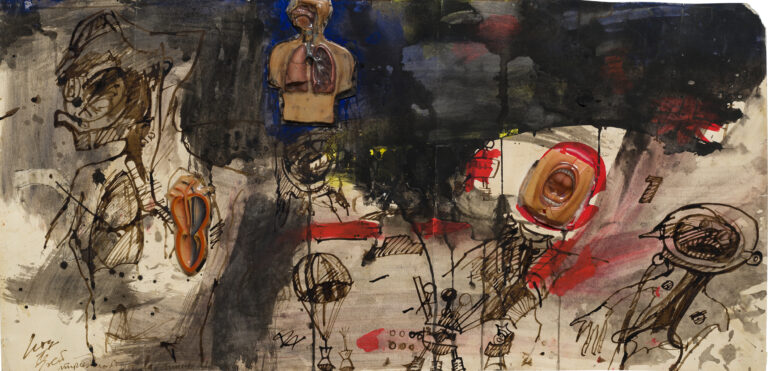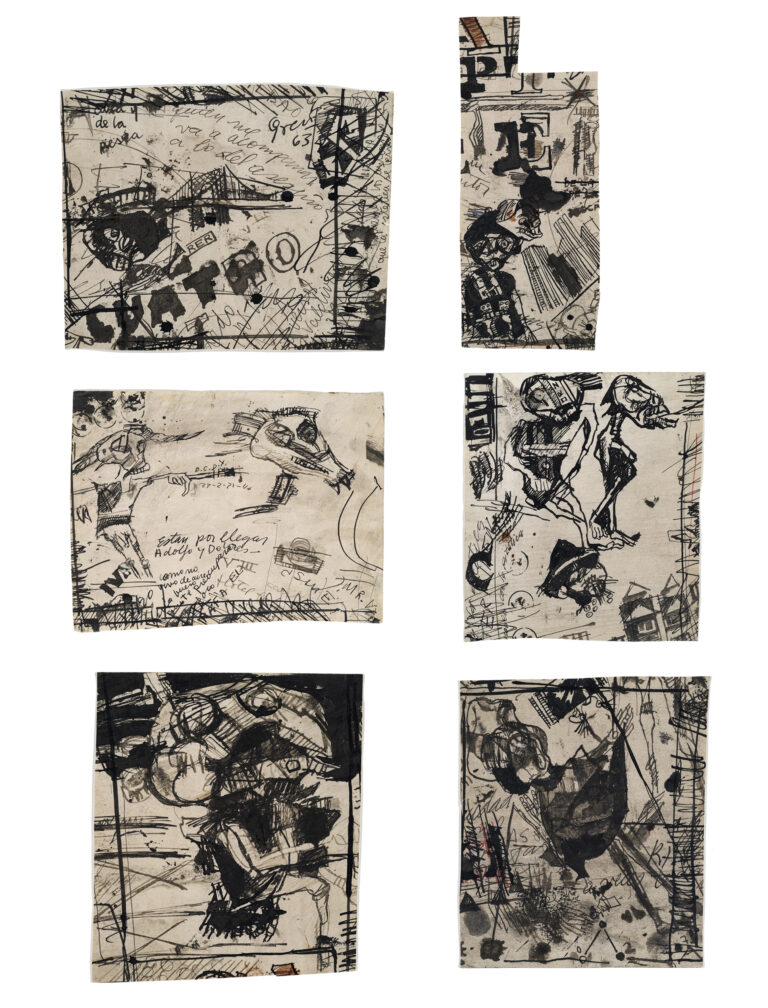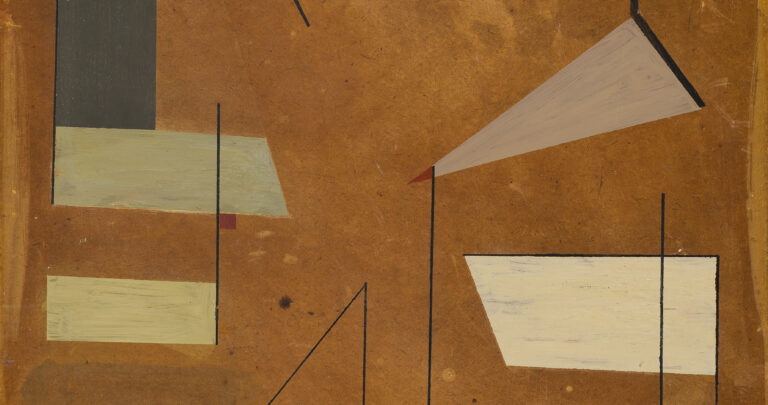biography
Throughout his short, but extremely relevant career, Alberto Greco (1931, Buenos Aires, Argentina – 1965, Barcelona, Spain) was able to develop his work in different creative fields such as painting, drawing, poetry and literature, evolving towards a line of conceptual investigation which excel the creation of a one-man movement he designated Vivo-Dito or Live Art/Pointing Art. The Vivo-Dito Manifesto, written in 1963, explained his artistic position in which the fact of pointing out with the finger endows contexts and situations with an unexpected value plausible of becoming a work of art. In conjunction with his vivo-ditos he inaugurated a type of manifestation based on the idea that the artwork is already done, it only needs to be pointed out.
Vivo Dito art in understood by the artist as: “the adventure of reality, the urgent document, direct and total contact with the things, the places, the people, creating situations, the unforeseen. It is showing and finding the object in its own place” (…) Arte Vivo, Movemento Dito (Live Art, Dito Movement). Alberto Greco. July 24, 1962.
All of Greco’s production meant to restore the art-life equation and to claim the vital attitude of the artist on the significance of the work, including the observer, whose radical approach anticipated artistic developments that would lead to a paradigm shift in the years to come. Greco reached an attempt to overcome the artistic space as a vehicle and language of representation, experimenting with new means of expression that proposed the dissolution of painting, taking the artworks to the limit of its physical realization and anticipating the idea of the dematerialization of the work of art.
Although he began his career as a painter, and is considered one of the pioneers of Informalism in Latin America, he continuously developed different concepts that would make him evolve drastically regarding aesthetics and intention in the work of art. Those radical changes began in 1961 until his early death in 1965.
Alberto Greco studied for a short time at the Manuel Belgrano National School of Fine Arts. From 1947 to 1948 he attended the workshops of Cecilia Marcovich and Tomás Maldonado. In 1954 he made his first trip to Europe, where he exhibited at La Roue gallery in Paris, France. After his return to Buenos Aires in 1956, he settled in Rio de Janeiro and later in Sao Paulo, Brazil until 1958. In 1959 he joined the Argentine Informalist Movement with Kenneth Kemble, Enrique Barilari, Olga López, Towas, Fernando Maza, Luis Alberto Wells and Mario Pucciarelli. In 1961, he presented a solo show of his series of paintings entitled Las Monjas at Pizarro Gallery in Buenos Aires. Shortly after, he settled in Paris where he held, in 1962, the First Exhibition of Live Art, “signing” people. In Genoa, in that same year, he published the Manifesto Dito dell’Arte Vivo in Italian. In 1963 he travelled to Piedralaves in Ávila, Spain, where he performed the series of actions photographed by
Montserrat Santamaría. In 1964, he exhibited at the Juana Mordó gallery in Madrid and returned to Buenos Aires where he presented his Arte Vivo experience: My Dear Madrid, at Bonino gallery with the collaboration of dancer Antonio Gades. In 1965, he settled in Barcelona, where he wrote Besos Brujos, a plastic-performance work, considered one of his most emblematic pieces. He committed suicide in October of that same year, writing FIN (The End) on the palms of his hands after taking barbiturates that triggered his death, before turning thirty-five. In 1991, the largest exhibition dedicated to Greco was presented at the Valencian Institute of Modern Art (IVAM), by Spanish and critic Francisco Rivas; a year later it was exhibited at the National Museum of Fine Arts in Buenos Aires, Argentina.
view more
artworks
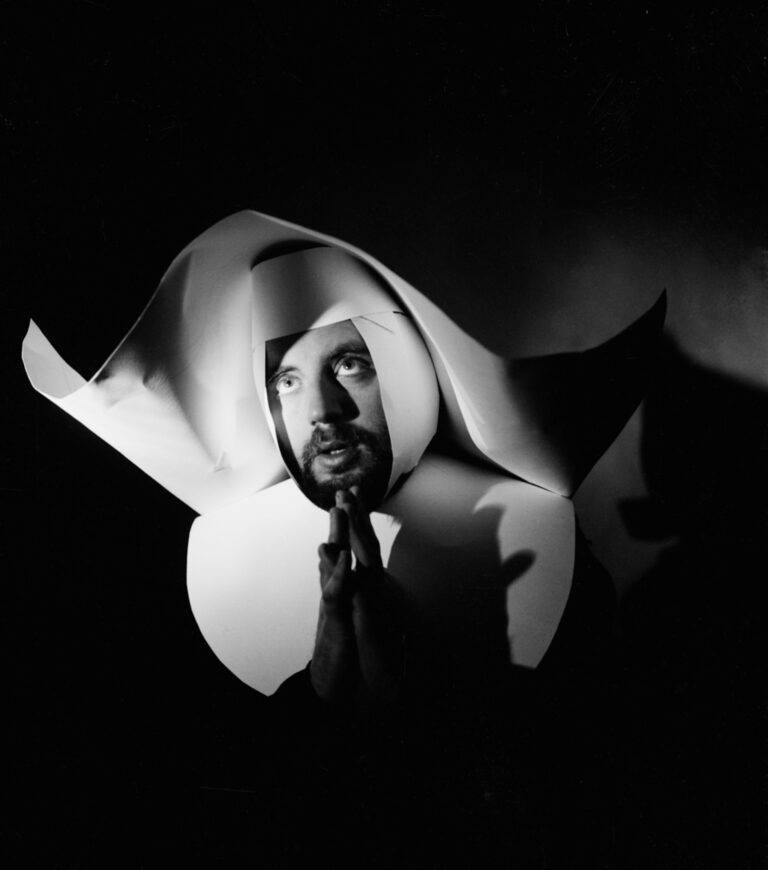
Untitled (Albertus Grecvs)
Registered by Claudio Abate. 2 photographs set. Gelatin silver print on fiber paper. Edition of 5 + 1 AP
11.8 x 11.8 in
Taken 1962. Printed 2020
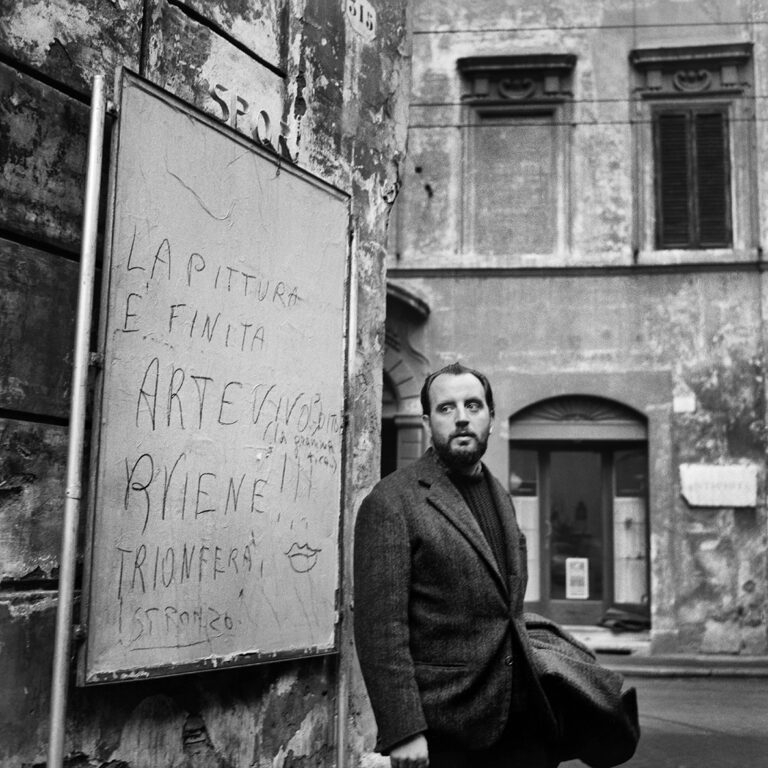
Untitled (La pittura è finita. Viva el Arte Vivo-Dito)
Gelatin silver print on fiber paper. Edition of 5 + 1 AP
11.8 x 11.8 in
Taken 1962. Printed 2020

Untitled (Cristo '63, Roma)
Registered by Claudio Abate. 10 photographs set. Gelatin silver print on fiber paper. Edition of 5 + 1 AP
11.8 x 11.8 in
Taken 1963. Printed 2020

Untitled (Vivo-Dito Arte Vivo, Roma)
Registered by Claudio Abate. 5 photographs set. Gelatin silver print on fiber paper. Edition of 5 + 1 AP
11.8 x 11.8 in
Taken 1962. Printed 2020

Untitled (Vivo-Dito Arte Vivo, Roma)
Registered by Claudio Abate. 5 photographs set. Gelatin silver print on fiber paper. Edition of 5 + 1 AP
11.8 x 11.8 in
Taken 1962. Printed 2020

Series: Alberto Greco in Piedralaves
Performance registered by Montserrat Santamaría. 30 photographs set. Piedralaves, Ávila, Spain. Silver print. Edition of 5 + 1AP
Taken in 1963. Copied in 2006/2012



